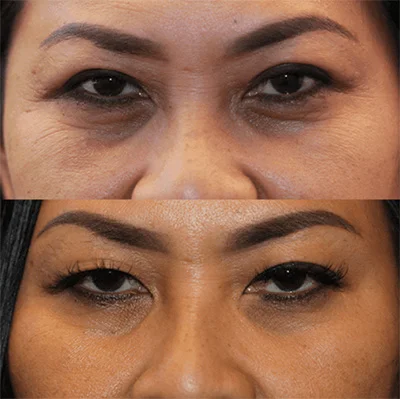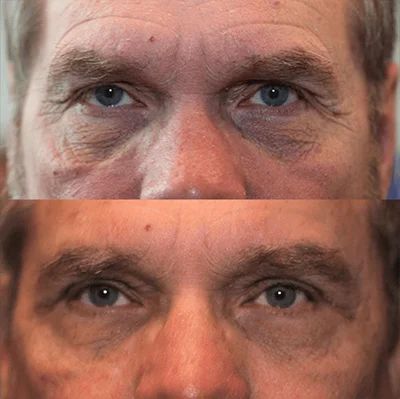
At Arizona Ocular & Facial Plastic Surgery in Scottsdale, oculofacial and cosmetic plastic surgeon Dr. Dustin Heringer and his team offer several treatments to improve your skin’s appearance and tone. One highly customizable option is a chemical peel, which removes dirt, debris, and imperfections and leaves you with a healthy, radiant glow. Here’s how to find the right peel for your skin issues.
How chemical peels work
Chemical peels are a cosmetic treatment that exfoliates your outermost skin layers in a controlled manner. Peels come in light (superficial), medium, and deep strengths; which one is right for you depends on how deep your skin issues are within the layers.
All strengths use the same application process. We apply an acidic solution to your skin, removing the damaged top layers and sloughing off dead skin cells and debris. As the layers flake off, the blemishes within those layers go with them, leaving your skin clear and healthy. The acid also creates micro-wounds in the skin tissue; your body responds by producing the components necessary to heal them.
Collagen is a fibrous protein that gives your skin structure, strength, and suppleness. When you’re young, you have abundant collagen. By the mid-20s, production declines, leading to fine lines, wrinkles, and laxity. Collagen is further depleted if you spend time in the sun without sunscreen.
A chemical peel removes worn-out collagen cells and kickstarts new collagen production in the skin’s middle layer, the dermis. The protein fills in lines, wrinkles, and scars, restoring your youthful-looking skin.
We use chemical peels on the face, neck, and hands to remove common skin blemishes, such as rough patches, hyperpigmentation, acne, and shallow scars, but there are things peels can’t address. These include deep creases, large scars, sagging skin, large pores, and areas that have lost fat deposits. These require different treatments, such as dermal fillers, microdermabrasion, and skin resurfacing. Ask your aesthetician about what’s best for your issues.
The right chemical peel
There are three basic chemical peels, which differ in the type of acid they use and the depth at which the acid works.
1. Light (superficial) chemical peel
Light peels use glycolic acid or salicylic acid to address uneven tone, fine lines and wrinkles, acne breakouts, and skin dryness. We apply the acid to your skin and leave it on for just a few minutes so it only removes the outermost skin layer of the epidermis. You can repeat the peel every 2-5 weeks, as needed.
2. Medium chemical peel
Medium peels use trichloroacetic acid, sometimes in combination with glycolic acid, and we leave the solution on for about 40 minutes. It removes cells from the epidermis and the upper dermis layer below it. Because they trigger a burst of collagen production, medium peels fill in deeper wrinkles and acne scars and effectively address uneven skin tone.
Medium peels are more invasive than light peels, so we provide pain medication and an oral sedative to help you stay comfortable during the treatment. You can repeat a medium peel every 6-12 months, as needed.
3. Deep chemical peel
Deep chemical peels use a carbolic acid (or phenol) solution that reaches below the upper dermis, and we leave the solution on for 60-90 minutes, with a break between sessions. We only use this solution on the face. Deep peels treat deep wrinkles and scars, and they can also remove precancerous growths known as actinic keratoses.
A deep peel is considerably more invasive than a medium peel, so we numb the treatment area, provide you with a sedative, and administer IV fluids to prevent dehydration. Deep peels are a once-per-lifetime treatment, and they come with a substantially longer recovery period than the other peels.
If you’ve got blemishes or uneven skin tone and want to perk up your look, a chemical peel might be right for you. To learn more or to schedule a consultation with Dr. Heringer, call our Scottsdale, Arizona, location, or book online with us today.



